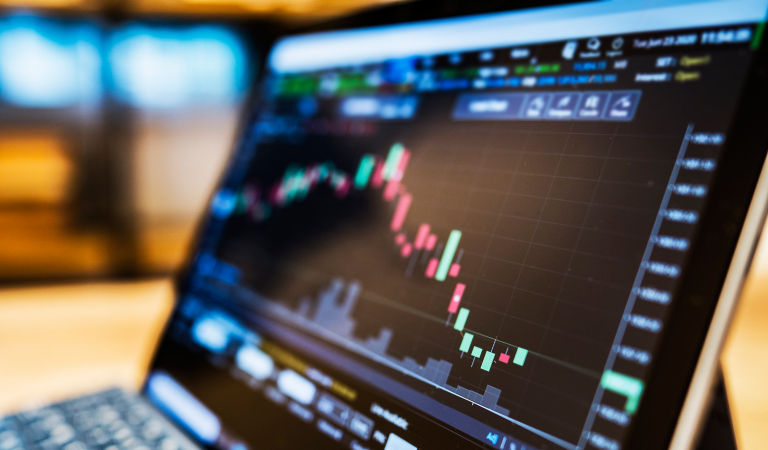Investors in private equity (PE) hope for the opportunity to earn higher cumulative returns in exchange for potential trade-offs like lower liquidity and manager selection. This is for good reason, as over the last 25 years, the Cambridge Associates US Private Equity Index had a pooled net return of 12.77%, compared with annualized returns of 7.91% and 7.56% for the Russell 2000 and the S&P 500 indices, respectively.1 This performance represents the entire private equity market, but ultimately, there are many types of PE strategies for investors to consider, with performance targets varying by stage and asset class.
Critically, investors may be less familiar with how to interpret private equity performance, as common metrics differ from those for public equity investments. In this piece, we discuss best practices for measuring and benchmarking private equity performance. In addition, we outline the J-curve and the impact of fund life cycle on returns.
Private equity performance measurement
There are several standard metrics used to measure returns in private equity, including the internal rate of return (IRR), the multiple (also known as Multiple on Invested Capital [MOIC] or Total Value to Paid In [TVPI]), and the Distributed Capital to Paid-in Capital ratio (DPI).
- IRR is the discount rate that makes the net present value of all cash flows equal to zero. The calculation accounts not only for the magnitude of the returns but also their timing. This means that returns (both positive and negative) in a short period of time have a larger impact on IRR than those over a longer period.
- The multiple is represented by the formula (realized value + unrealized value)/invested capital. It reflects the value of the investment (both what has been returned and what is still being held) compared to the cost.
- DPI is calculated by distributed capital/called capital. This ratio shows how much money has been returned to the investor compared to the amount it has contributed.
The IRR is time sensitive while the multiple and DPI are not. In addition, the IRR and multiple each account for unrealized value while the DPI does not. An evaluation of all three metrics together can therefore give an investor a more complete indication of performance in a private equity fund. In volatile environments like that of 2022, many investors place a premium on the DPI as unrealized returns are illiquid whereas realized returns can be spent or reinvested.
Benchmarking private equity returns
When benchmarking manager performance, an investor may consider manager-specific benchmarks from companies like Cambridge Associates, PitchBook, Preqin, and others. These benchmarks are typically organized by vintage year (often determined by a fund’s first investment or capital call) and are formed by collecting fund performance from investors or directly from PE firms. Private benchmarks are valuable as reference points but may face several hurdles driven by the scarcity of private market fund performance, including selection bias, survivorship bias, and self-reporting bias.
Alternatively, investors may compare performance to a public index such as the Russell 2000 Growth or MSCI World indices, using the public market equivalent (PME) measurement. There are several PME measurement methodologies, but a common one is the “Long Nickels” approach, where an investor calculates the return of investments to a public index that matches the inflows and outflows of the private equity fund. The result of the PME calculation is an IRR based on the returns of a public index that can be compared to a fund’s IRR. This can give investors an indication of how well capital committed to a PE fund would have performed if it were instead allocated to the public markets.
Understanding the J-curve — Impact of fund life cycle on net IRR
Private equity funds often post negative net returns in the early years of a fund’s life. This is generally because investments are frequently held at (or close to) cost for some time after the initial purchase. While this is a standard valuation practice in private equity, the result is that gross performance is often flat until a meaningful event occurs, such as a sale or another round of fundraising. In the interim, however, the PE fund collects fees (such as management fees and organizational fees) to run the fund. This can mean that a portfolio held at cost on a gross basis will show negative returns. Because fees begin to be collected early in a fund’s life, the proximity of this timing can make the negative return appear especially severe for the first couple of years (as noted in the above section on IRR). As more investments are made and more capital is called, the impact of fees decreases. Importantly, negative net performance early in the fund’s life cycle does not necessarily indicate poor performance of the fund’s underlying investments. As the fund matures and investments are written up or realized, successful funds can cross from negative since-inception performance to positive. This is referred to as a “J-curve” return because in the early years the fund returns are negative and typically only become profitable in the harvest years (Figure 1).














